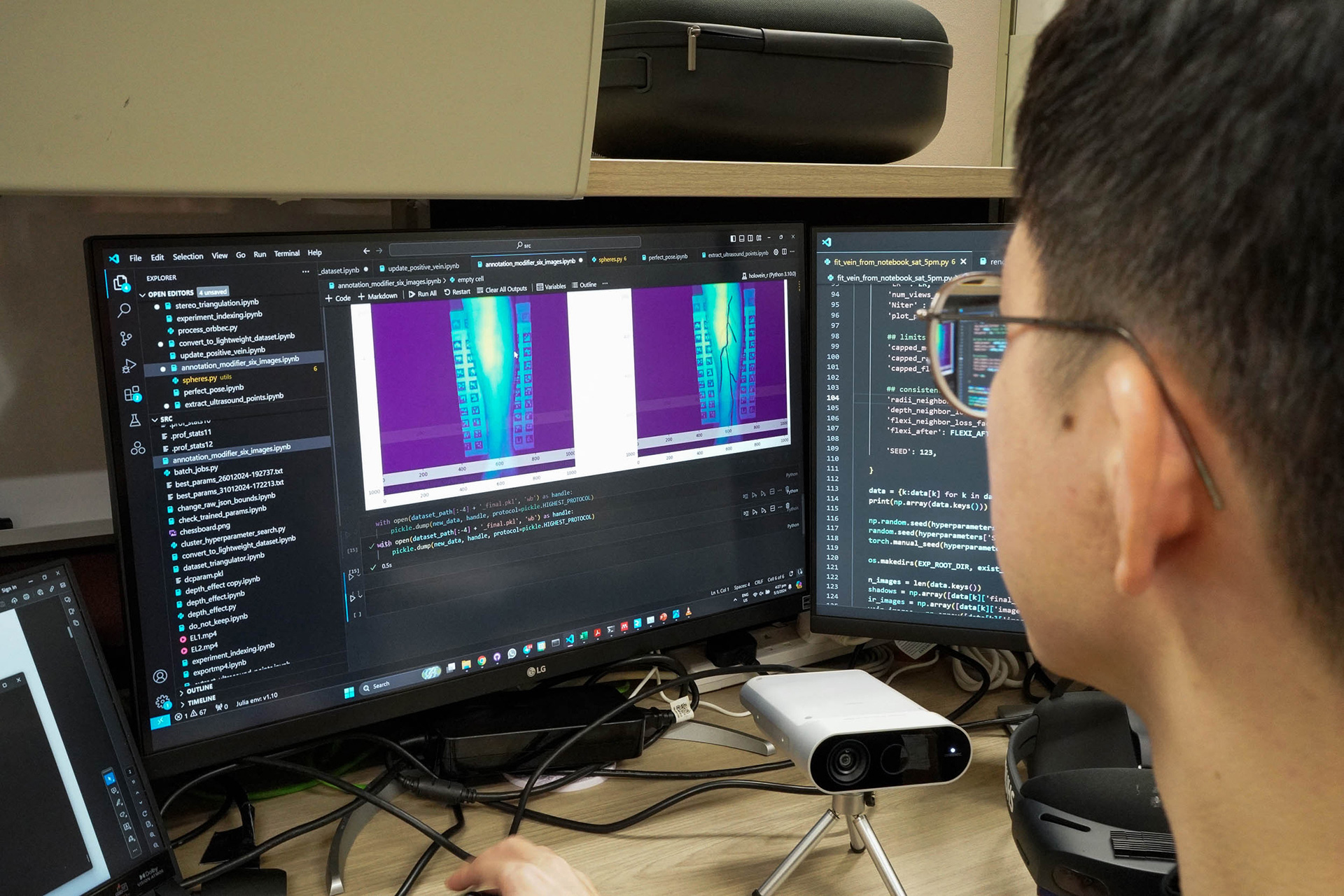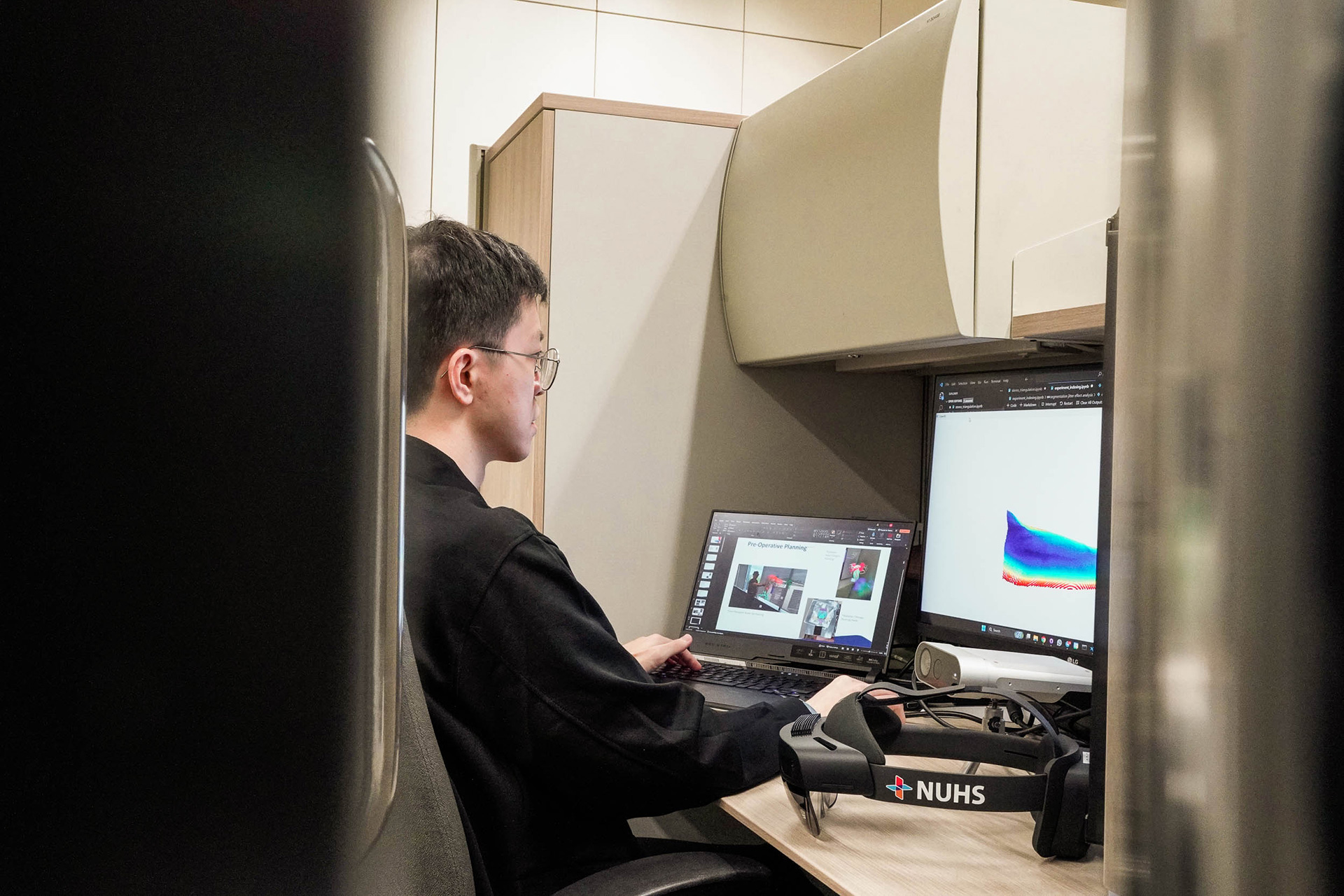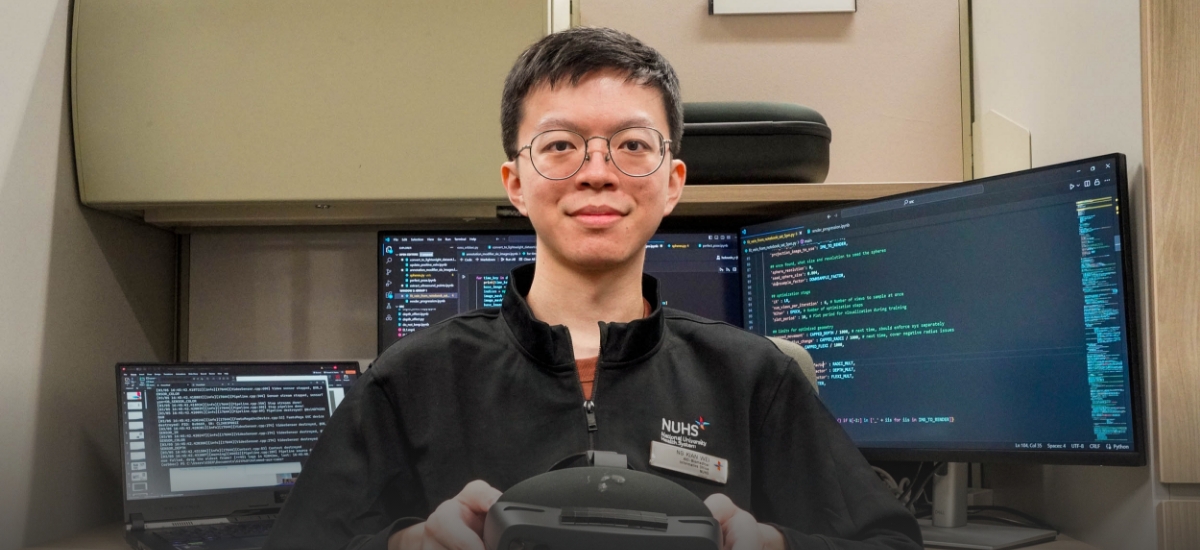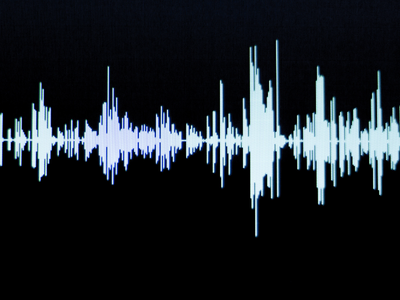Published on 21 March 2024
This data scientist works closely with clinicians pushing the boundaries of MedTech.
Having initially trained as an engineer, he transitioned into the medical and healthcare field, exploring areas such as MedTech and Artificial Intelligence (AI).
This is entirely possible at the National University Health System (NUHS), thanks to the university hospital’s unique connection with its academic sibling, the National University of Singapore (NUS). The link provides NUHS access to the university-wide ecosystem of expertise, talent, and capabilities of the tertiary education powerhouse.
One such beneficiary of this connection is apparent in the multi-disciplinary NUHS HoloMedicine team, where 28-year-old data scientist Mr Ng Kian Wei is pushing the boundaries of MedTech. Mr Ng plays a key role in the team alongside other data scientists, clinicians, and software engineers, leveraging one another’s expertise to achieve clinical objectives.
“HoloMedicine lies at a very unique intersection between artificial intelligence (AI), mixed reality (interactivity between the physical and digital worlds) and medicine,” he explained. As such, the project requires a diverse skill set dealing with AI development, software design and ensuring it’s successfully deployed to end-users. With the aid of HoloLens – a holographic visor device – the NUHS HoloMedicine team has pioneered several mixed-reality medtech solutions to date:
With the aid of HoloLens – a holographic visor device – the NUHS HoloMedicine team has pioneered several mixed-reality medtech solutions to date:
- The HoloVein, in which the patients’ veins are visualised in real-time using the infrared camera on the device to increase the “first hit rate” while drawing blood.
- Viewing CT and MRI scans as 3D holograms, which can be moved around or superimposed directly onto the patient on the operating table.
- Streaming 3D ultrasound images on the HoloLens device itself.
- Using the HoloLens as a rehab guide for patients
- Helping patients visualise and understand more about their upcoming surgery.
“Being able to interact closely with clinicians from all specialities and levels of experience is always one thing that I greatly appreciate,” said Mr Ng. “The hospitality and enthusiasm exhibited by our clinical partners are always heartwarming, even amidst their busy schedules.” He cited that being able to attend overseas conferences with the team — to showcase their work and to learn from others — has been highly rewarding and eye-opening.
Opportunities at every corner
Mr Ng’s journey into HoloMedicine started as a not-so chance encounter. As someone with a keen interest in medtech, he took part in the NUS Medical Grand Challenge when he was still a freshman.
As part of the student‐led medical innovation programme, medical students identify unmet healthcare needs and work collaboratively with students from other faculties to explore out-of-the-box solutions to address these issues.
It was there that he first met A/Prof Ngiam Kee Yuan, Group Chief Technology Officer of NUHS. When Mr Ng was eventually exploring topics for his final-year project, he approached Prof Ngiam for ideas. He was then linked up with liver transplant specialist Dr Gao Yujia to kickstart the HoloMedicine project at NUHS.
“I remember meeting Dr Gao almost every other day to discuss ideas and the progress of the HoloMedicine pilot,” said Mr Ng. He found the process extremely iterative with the continuous loop of building, taking in feedback and tweaking until they landed on a working solution.
Thanks to the pair’s hard work, NUHS’ HoloMedicine project received unanimous support, and quickly took off. While Mr Ng joined NUHS full-time after graduating in 2021, he continues to expand his academic horizons and is simultaneously pursuing a PhD at NUS in electrical and computer engineering.
For a lifelong-learner like Mr Ng, it’s not just all work and no play. In his spare time, he pursues personal interests such as chess and playing musical instruments. “I aim to always learn and grow, while trying to maintain a balance with being content,” he added.
Looking to the future
Pursuing a PhD and work can be extremely taxing at times, admitted Mr Ng, but his fascination with computer vision and AI spurs him on. “I believe that there is much synergy and efficiency that has yet to be unlocked in the intersection between extended reality and medical imaging – which is what my PhD is about,” he shared.
He looks forward to pushing the boundaries of medical imaging, either by incorporating non-traditional imaging modalities (e.g. depth sensing, infrared imaging), or improving the interpretability and processing of existing systems (e.g. ultrasound).
“Specifically with mixed-reality technology, I am excited about how the enhanced human-computer interactions from such devices can help enhance clinician’s workflow with AI, and improve AI systems with clinician guidance,” he said.
In consultation with Mr Ng Kian Wei, Senior Executive, Academic Informatics Office, NUHS.


